Key points
• Removal of Contaminants: Wastewater treatment processes are designed to remove pollutants such as bacteria, viruses, chemicals, and solid waste to protect both human health and the environment.
• Water Reuse: Treated wastewater can be recycled for various purposes, including agricultural irrigation, industrial processes, and replenishing groundwater, which conserves fresh water resources.
• Biological and Chemical Treatment Stages: Wastewater treatment involves several stages, including primary (physical), secondary (biological), and tertiary (chemical or advanced) treatments, to progressively eliminate impurities and ensure the water is safe for discharge or reuse.
Contents
- 1 Key points
- 2 What Is Wastewater Treatment?
- 3 Why Is Wastewater Treatment Important?
- 4 What Are the Goals and Objectives of Wastewater Treatment?
- 5 What Regulatory Framework and Standards Govern Wastewater Treatment?
- 6 What Are the Physical Characteristics of Wastewater?
- 7 How Do Chemical Characteristics Define Wastewater?
- 8 What Constitutes the Preliminary Treatment of Wastewater?
- 9 What Happens During Primary Treatment of Wastewater?
- 10 How Does Secondary Treatment Further Purify Wastewater?
- 11 What Role Does Tertiary Treatment Play in Wastewater Cleansing?
- 12 Pondering Sludge Treatment and Disposal – What’s That About?
- 13 What Are the Advanced Technologies for Wastewater Treatment?
- 14 What Are the Basic Principles of Nitrogen Cycle and Removal Mechanisms?
- 15 How is Phosphorus Removed During Wastewater Treatment?
- 16 How does Chlorination work in Wastewater Disinfection?
- 17 Can Ultraviolet Radiation be a game-changer in Wastewater Disinfection?
- 18 Is Ozone Disinfection looking bright for Wastewater Treatment?
What Is Wastewater Treatment?
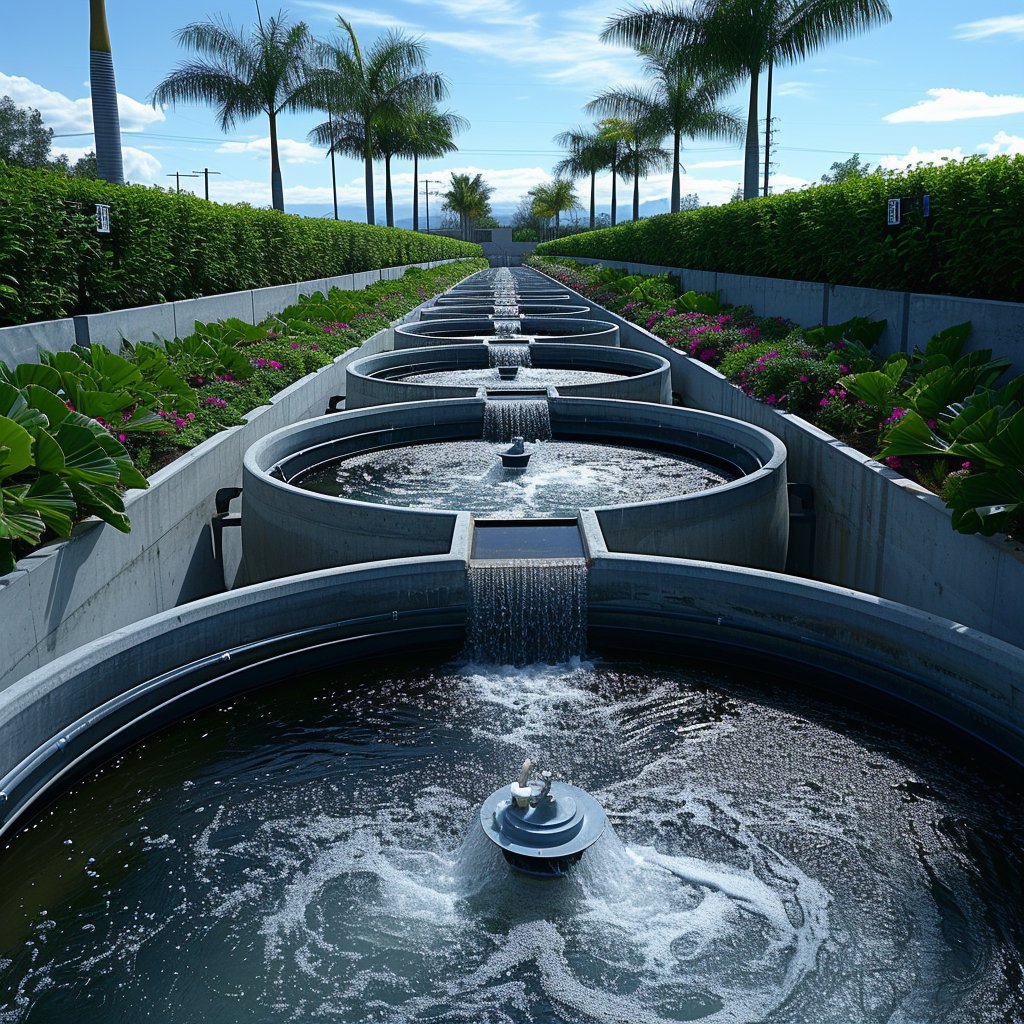
Think of wastewater treatment as a crucial process that’s designed to clean up the water we’ve used, whether it’s from our homes, businesses, factories or public spaces. It’s like giving dirty water a bath before it heads back into rivers or lakes, or even right back to our taps.
Why Is Wastewater Treatment Important?

We can’t underscore enough the importance of wastewater treatment. Not only does it keep our environment clean by keeping pollutants and harmful substances out of our waterways, but it also safeguards our health by preventing the spread of disease. Plus, it ensures aquatic ecosystems are on good terms with us humans – we don’t want them fighting against pollution!
What Are the Goals and Objectives of Wastewater Treatment?
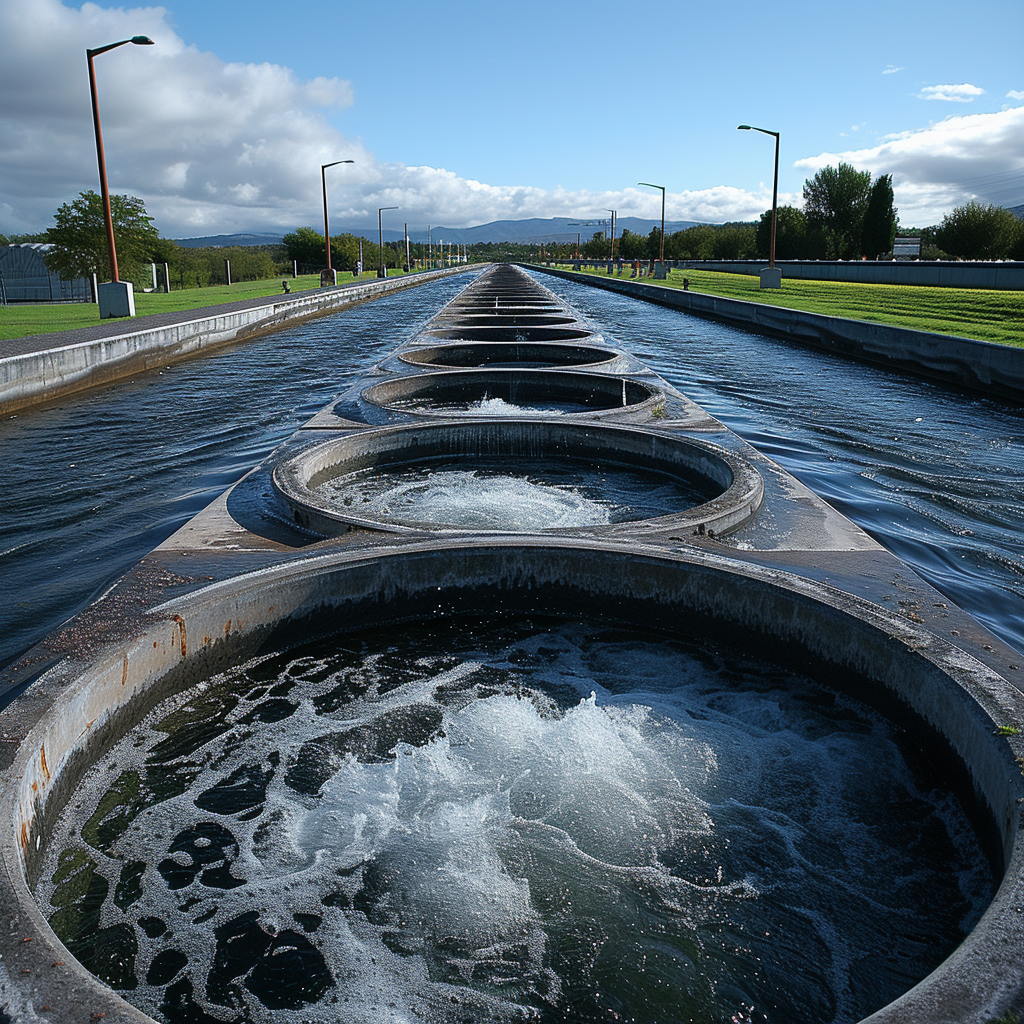
The endgame of wastewater treatment is pretty straightforward: we want to get rid of stuff in the water that shouldn’t be there. This means reducing pollutants to such levels that nature can take care of itself without batting an eyelash—or a fin for that matter. Achieving this isn’t just about hitting targets; we wanna breathe new life into the water so that when it returns home, it’s in tip-top shape.
What Regulatory Framework and Standards Govern Wastewater Treatment?
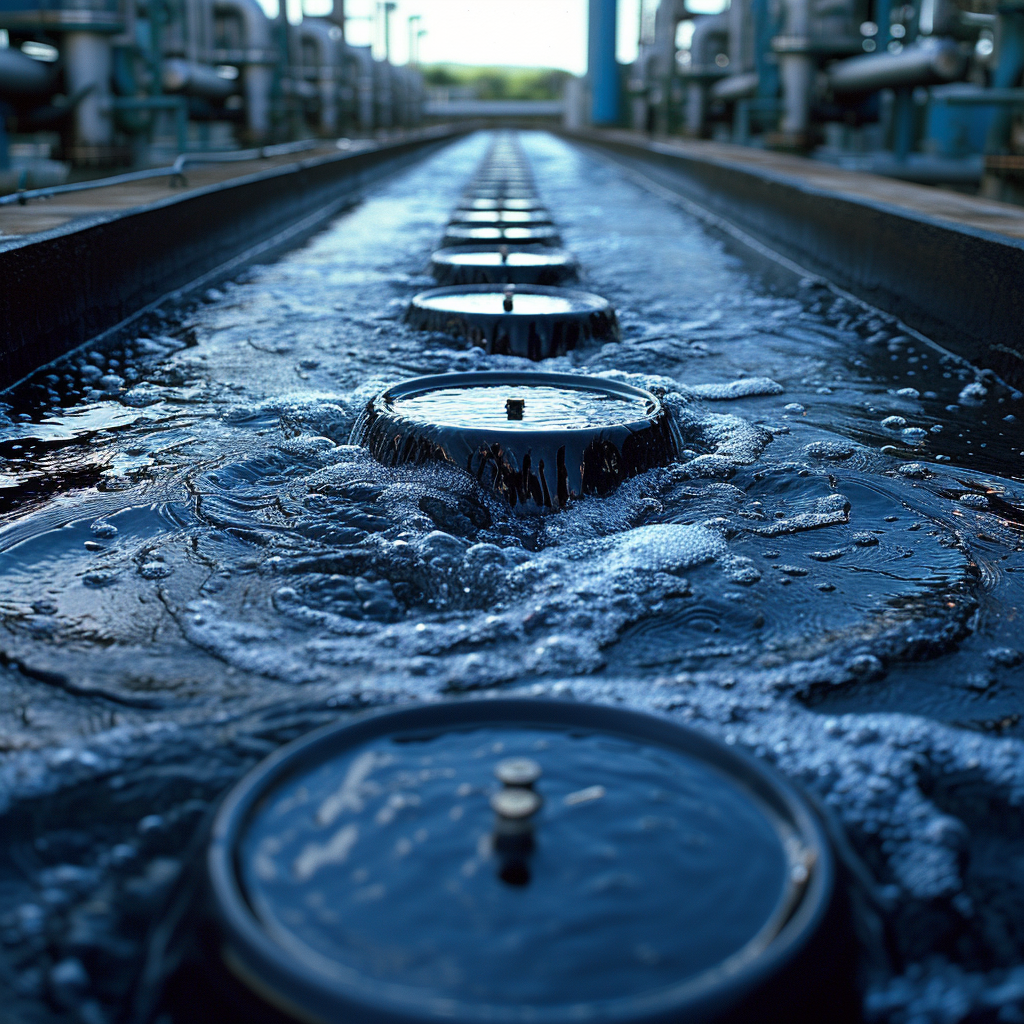
Talking about rules and regulations might sound snooze-worthy, but they’re what make sure everything runs smoothly with wastewater treatment. Different places have different rules of play—standards that outline how clean the water should be before it hits our rivers or gets reused.
These aren’t just pulled out of thin air; they’re based on serious science and research to keep us and the planet healthy.
What Are the Physical Characteristics of Wastewater?
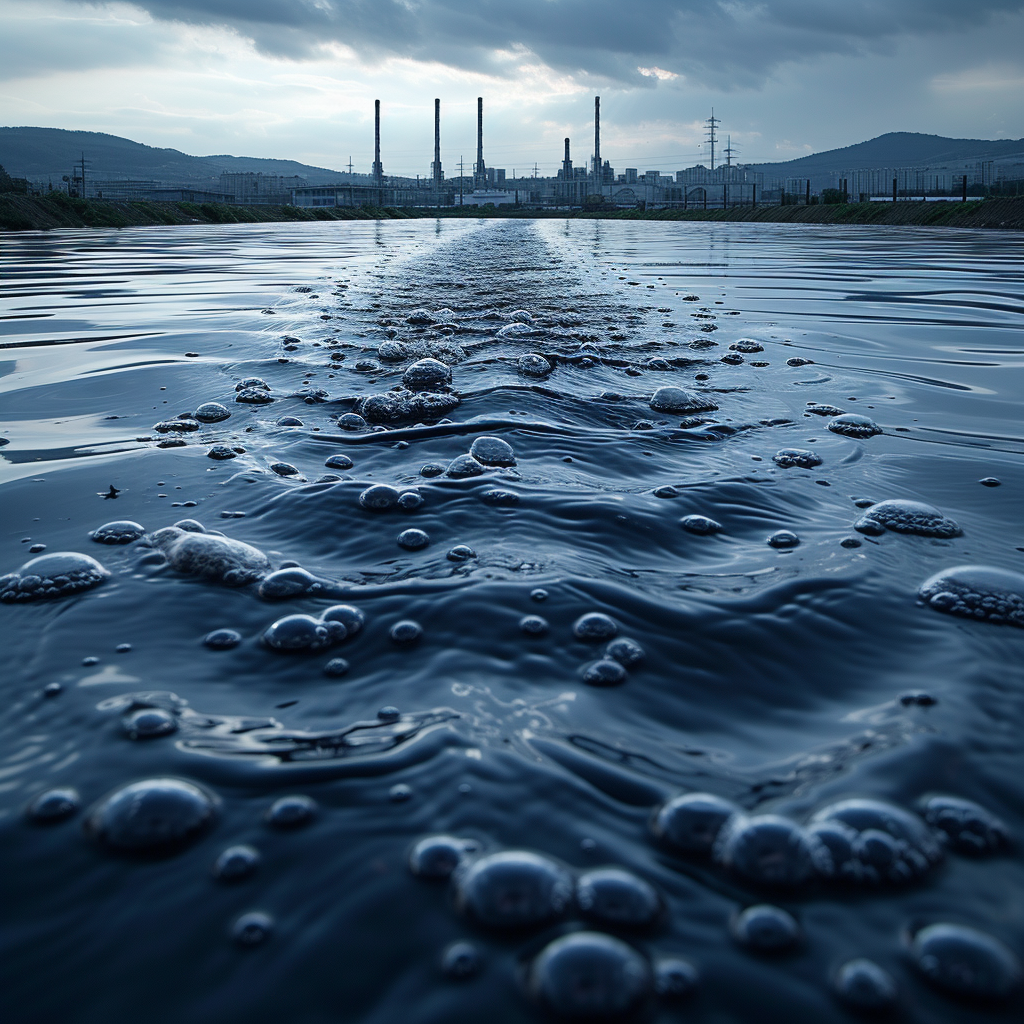
The physical attributes of wastewater touch on its tangible aspects. They’re basically what you’d notice with your own eyes or by other simple detection methods. Firstly, temperature is key; it dictates the species that can thrive in the water and affects chemical reactions. Secondly, we’ve got color. Often a clue about what’s in there, like organic material might make things a bit brownish, while industrial waste can add any shade to the palette.
Solids float around too – some plainly visible (known as ‘suspended solids’), others so small (colloidal solids) they just don’t settle out easily. And let’s not forget turbidity – murky waters mean more particles are scattering lights, which often points to higher levels of pollution or sediments dancing in the current. The actual odor – sometimes it reeks of trouble, a dead giveaway of undesirable substances doing their thing.
How Do Chemical Characteristics Define Wastewater?

Diving into the chemical side of things, it’s all about what’s dissolved or suspended in that water chemically speaking. A major player here would be pH – essentially how acidic or alkaline the wastewater is. Nutrient runoff ain’t exactly scarce either; nitrogen and phosphorus strut in from sources aplenty, aiming to cause algal boom parties if unchecked.
Moving on to the oxygen department: biochemical oxygen demand (BOD), reflecting how much O2 our microbe buddies will use to break down organic stuff; and chemical oxygen demand (COD), hinting at the total chemical munching needed for oxidation. These figures are crucial because they indicate just how much work needs doing to clean up.
Other elements like heavy metals can be toxic even in puny amounts – lead, mercury, and friends have no place in a clean water script. Then there’s the issue of oil and grease forming ghastly slicks and messing with aquatic life. Finally, throw in toxicants like pesticides and solvents, always unwelcome guests at the ecosystem party.
What Biological Characteristics Impact Wastewater?
Onwards to biology! Microbial presence isn’t just common; it’s an integral reality check for wastewater quality. Pathogens could waltz in from fecal sources posing health threats — not fun for anyone involved.
Virus hotspot? Check if human waste’s around – they love it there. Somewhat less horrifying are bacteria and protozoa – still potential disease vectors but often central to natural treatment processes too. Worms and insects occasionally visit this soup kitchen, either indicating pollution level or happily breaking down organic matter.
Last up: algae and plants. It might seem cool having these greenish folks around photosynthesizing away but hold that thought if you see them overgrowing; they might be hogging light and sucking oxygen dry at night enough to put fish at jeopardy — an aquatic double-edged sword indeed.
In essence, here’s your three-pronged rundown: physically feel out for solids floating about, calculate temperature, peer into its murky depths – maybe hold your nose doing so; chemically speak get titrating those samples for nutrient excesses alongside gauging pollutant loads threatening everything living downstream; biologically brace yourself for a microbial census possibly featuring some unsavory critters among beneficial recyclers. Managed well though, even these characteristics harbor opportunities for resource recovery!
What Constitutes the Preliminary Treatment of Wastewater?
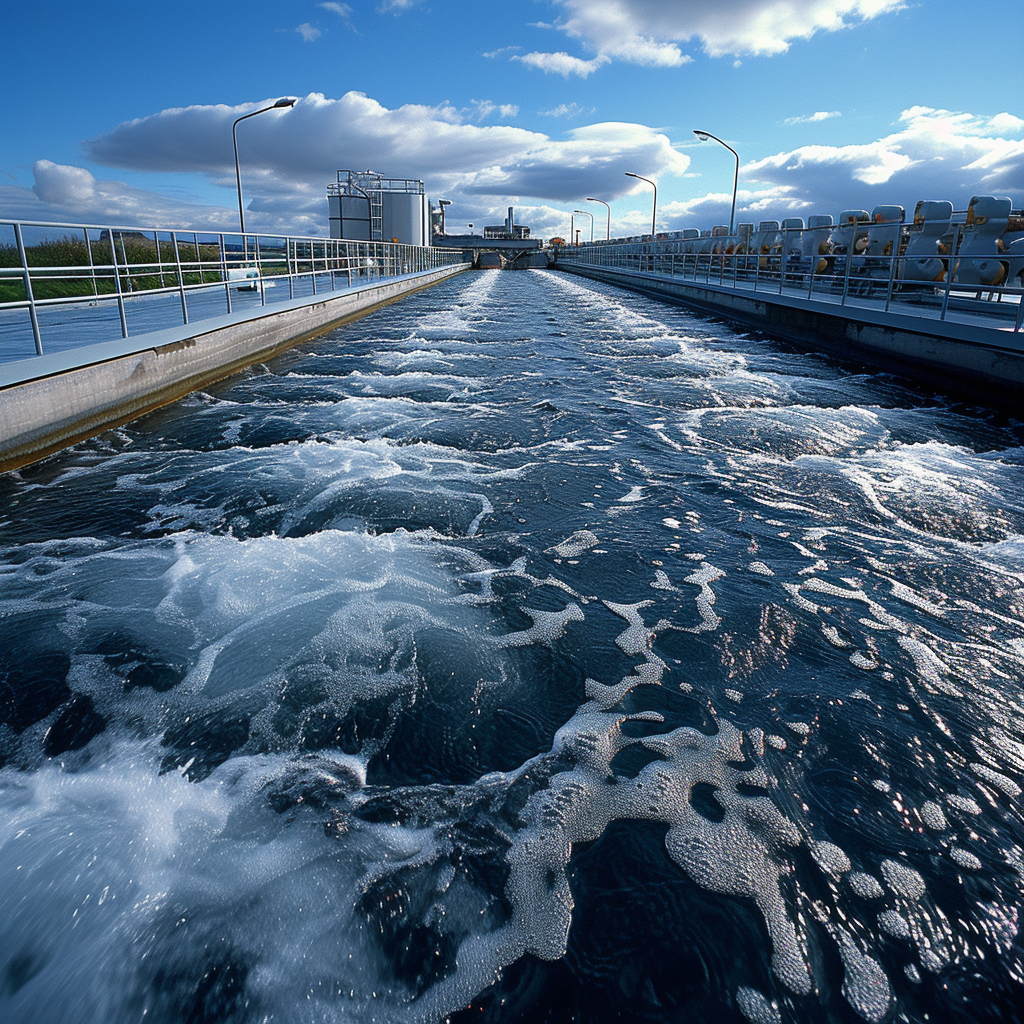
In the world of wastewater management, think of preliminary treatment as the warm-up act before the main event. This stage gears up the process by removing the easy-to-catch items you don’t want gumming up the works later on. A bit like fishing out debris with a net, screens catch large bits and bobs—everything from branches to rags—and, trust me, it’s nothing you’d want to take home.
Alongside this gross solids removal, we often have grit chambers doing their thing. These are where sand and small stones settle down because they just can’t hang in flowing water. It’s a rough job, but preliminary treatment sets the stage for a much smoother performance in the coming acts.
What Happens During Primary Treatment of Wastewater?
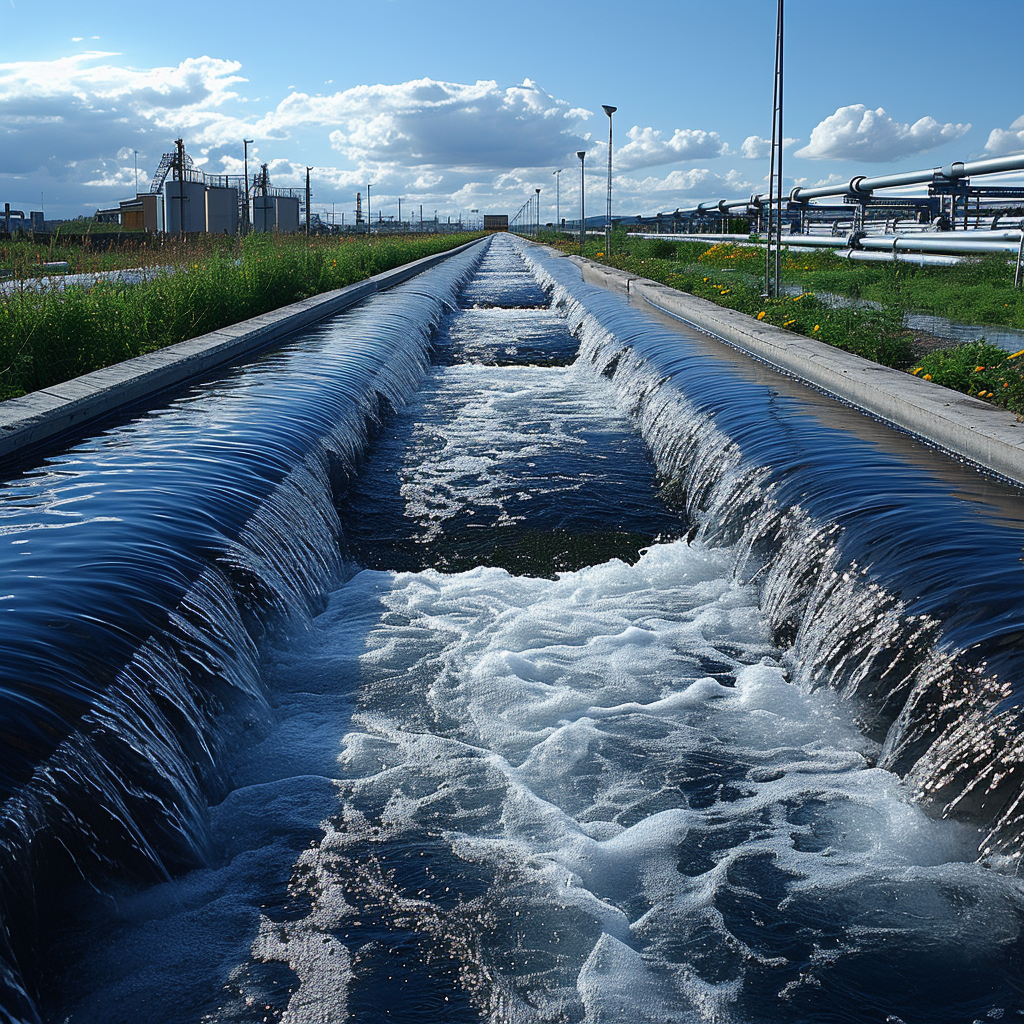
After clearing out the big guys, we move on to primary treatment—think of it as separating wheat from chaff, except it’s more sludge from water. In sizable tanks known as sedimentation or clarifier tanks, the magic of gravity kicks in and suspended solid particles take a leisurely nosedive to the bottom.
Meanwhile, oils and fats that are lightweights at heart float to the top, essentially separating into a layer that can be skimmed off. You’ve gotta love physics for doing most of the heavy lifting here; around 50-60% of suspended solids get benched, while about 30-35% of the biological oxygen demand (BOD)—that’s stuff that would otherwise eat up oxygen in waterways—is also shown the exit.
How Does Secondary Treatment Further Purify Wastewater?
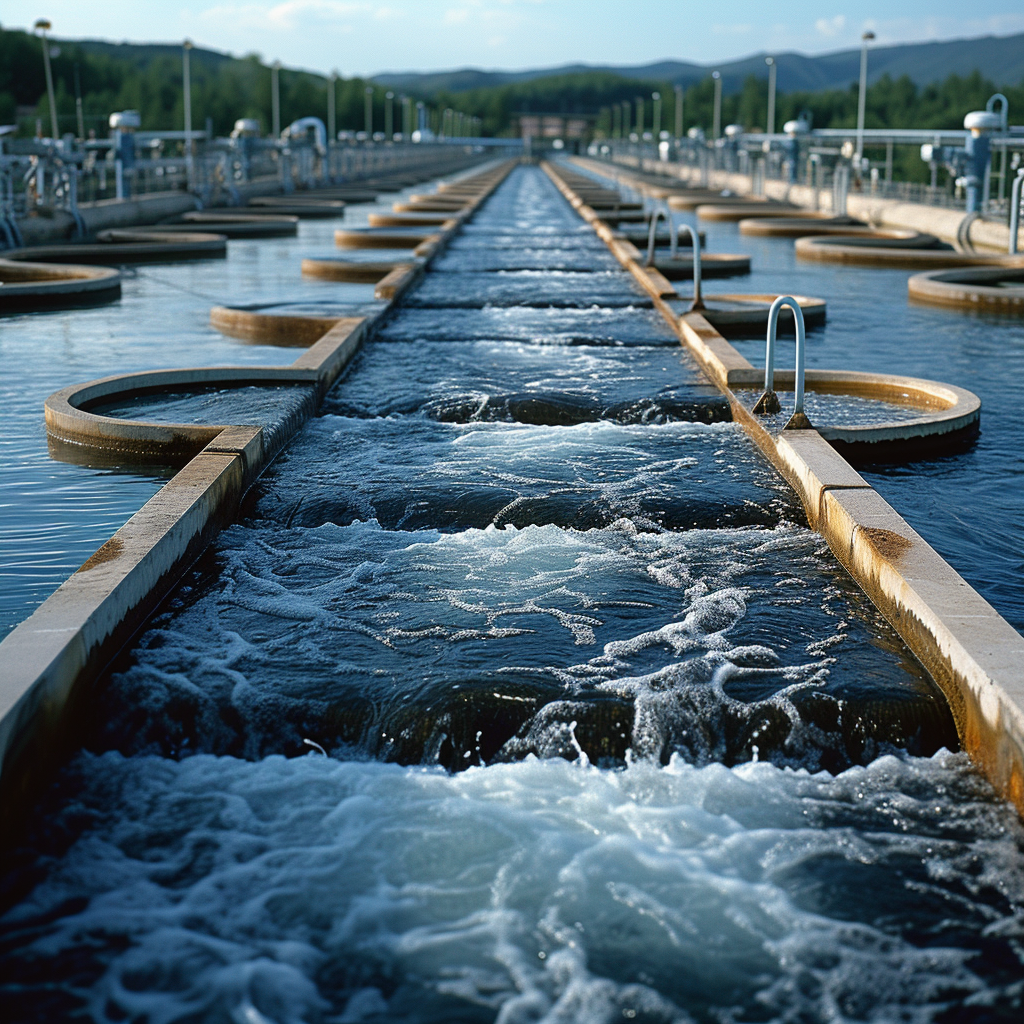
Secondary treatment is where things get serious—it’s like sending wastewater back to school to get its degree in cleanliness. Employing biological processes that rely on microbes feasting on remaining impurities, this step is pivotal in reducing organic matter measured as BOD and chemical oxygen demand (COD).
We’re talkin’ about a two-part hustle: The first includes either trickling filters or activated sludge systems—aren’t those names just oddly charming? They use bacteria to break down unwelcome guests. Then we’ve got secondary clarifiers settling out these helpful microorganisms once they’ve gorged themselves full. If done right, we’re looking at a whopping 85-90% reduction in BOD and COD; now that’s some heavy-duty purification!
What Role Does Tertiary Treatment Play in Wastewater Cleansing?
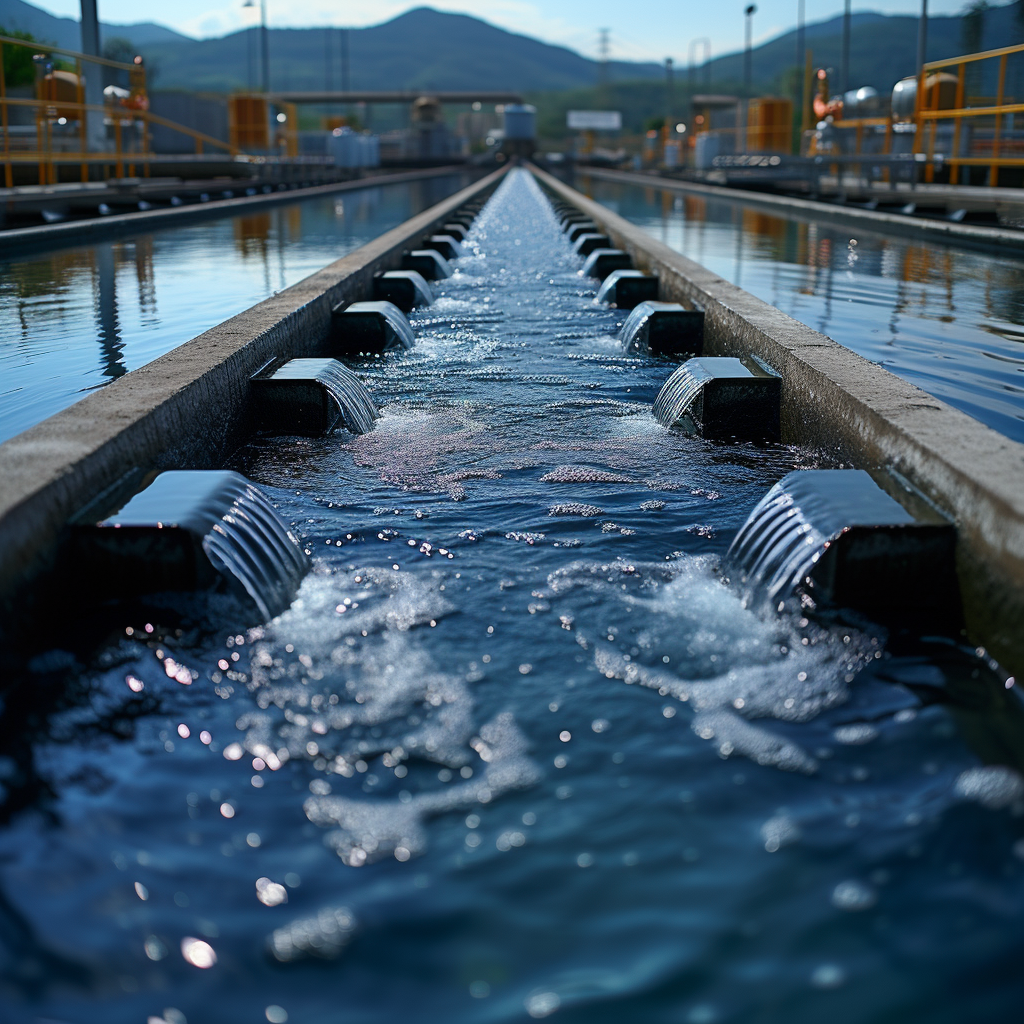
Just when you thought it couldn’t get any cleaner, tertiary treatment steps onto the scene with all its bells and whistles! We’re not messing around anymore; it’s time for fine-tuned polishing acts like filtering through sand or charcoal, nitrification/denitrification for nitrogen control, or even advanced techniques like membrane filtration—fancy stuff indeed!
Phosphorus may also get booted out at this stage if needed. This final flourish aims to make sure that by jaunt’s end, water quality is spick-and-span enough to meet stringent discharge standards or be reused—the ultimate glow-up for wastewater.
Pondering Sludge Treatment and Disposal – What’s That About?
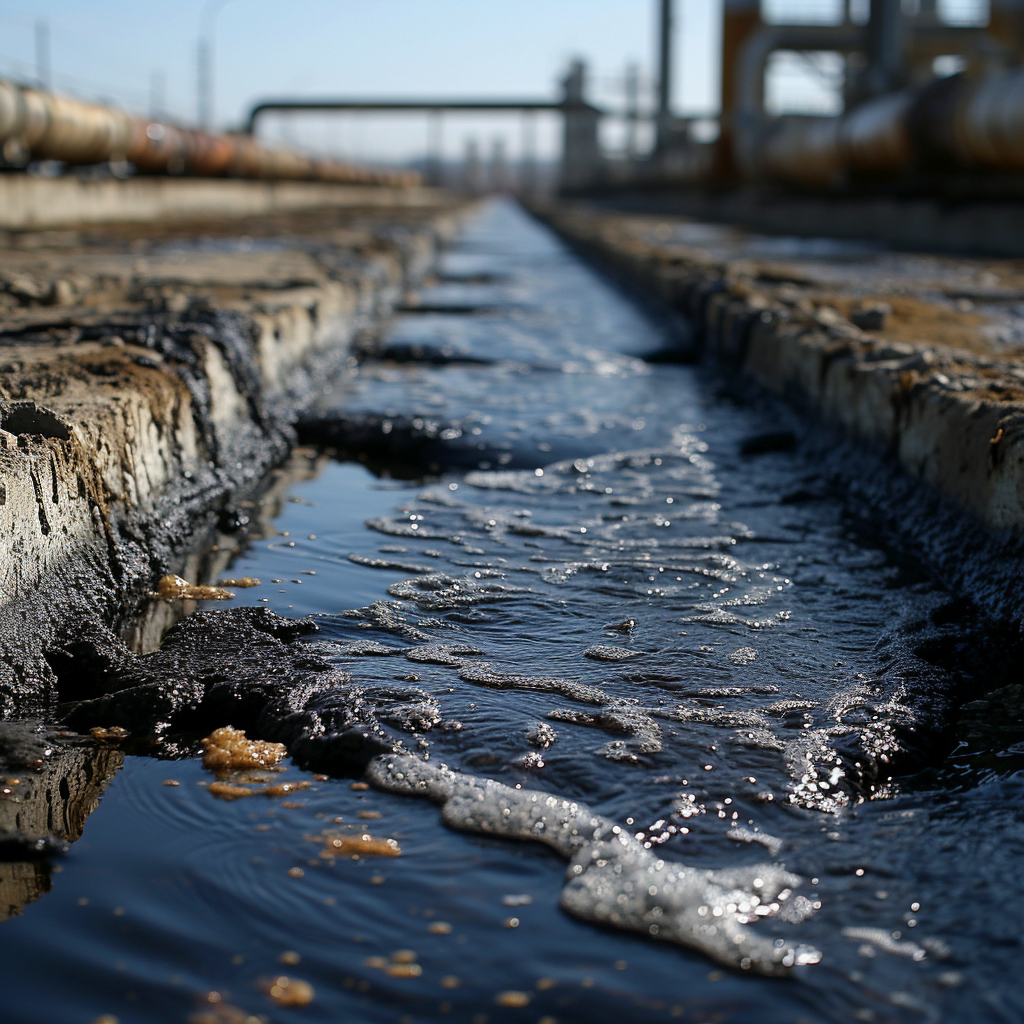
Now let’s be straight: none of this ‘it’s not sewage sludge; it’s residual biosolids’ business—it’s sludge. But here’s where things get eco-smart: rather than treating it like trash destined for disposal woes,the focus is on resource recovery.
Through digestion (a bit unpalatable for lunchtime conversation), composting, or even turning it into bioenergy or fertilizer, this gunk gets reincarnated into something useful. Let’s face it: there’ll always be sludge at the end of any great wastewater adventure; might as well put it to good use rather than letting it go belly up.
In wastewater engineering, biological treatment processes are crucial for removing contaminants from sewage and industrial waste. Essentially, these processes rely on microorganisms to break down organic matter. There’s a remarkable diversity in the types of processes used, but all aim to harness the natural breakdown mechanisms of microbial life.
Can You Explain Microbial Ecology?
A little insight into microbial ecology: it’s the study of how microbes interact with their environment, each other, and pollutants. In wastewater treatment plants (WWTPs), managing microbial communities is key. Get this right, and they’ll do most of the heavy lifting by converting pollutants into less harmful substances.
What Are Metabolic Pathways?
Metabolic pathways refer to the series of chemical reactions that microbes use to transform waste into energy and new cell material. These reactions can be aerobic, with oxygen, or anaerobic – yep that’s without oxygen. Understanding these pathways helps engineers optimize conditions for maximum pollution removal.
How Are Reactor Configurations Designed?
The reactor configuration is like a stage where our microscopic performers act out their roles. Each design has its own pros and cons for different types of waste. Some common configurations include activated sludge systems, biofilm reactors, and membrane bioreactors – just to shake things up a bit.
Can Process Control and Optimization Improve Efficiency?
You bet they can! Tight process control and optimization are necessary to keep biological treatment systems humming efficiently. Monitoring parameters such as pH, temperature, oxygen levels – it’s all part of the game to ensure those busy microbes are happy and productive workers.
What Specialized Biological Processes Are Used?
Now we get fancy with specialized biological processes; these might be implemented when you’ve got some tough-to-treat compounds or need more refined control than what conventional methods offer. Think along the lines of nitrification-deammonification or phosphorus removal – it’s specialized work for specialized conditions.
At the end of the day, mastering biological treatment means playing Mother Nature’s game by her rules – but with a technical twist that only smart engineering can bring!
What Are the Advanced Technologies for Wastewater Treatment?
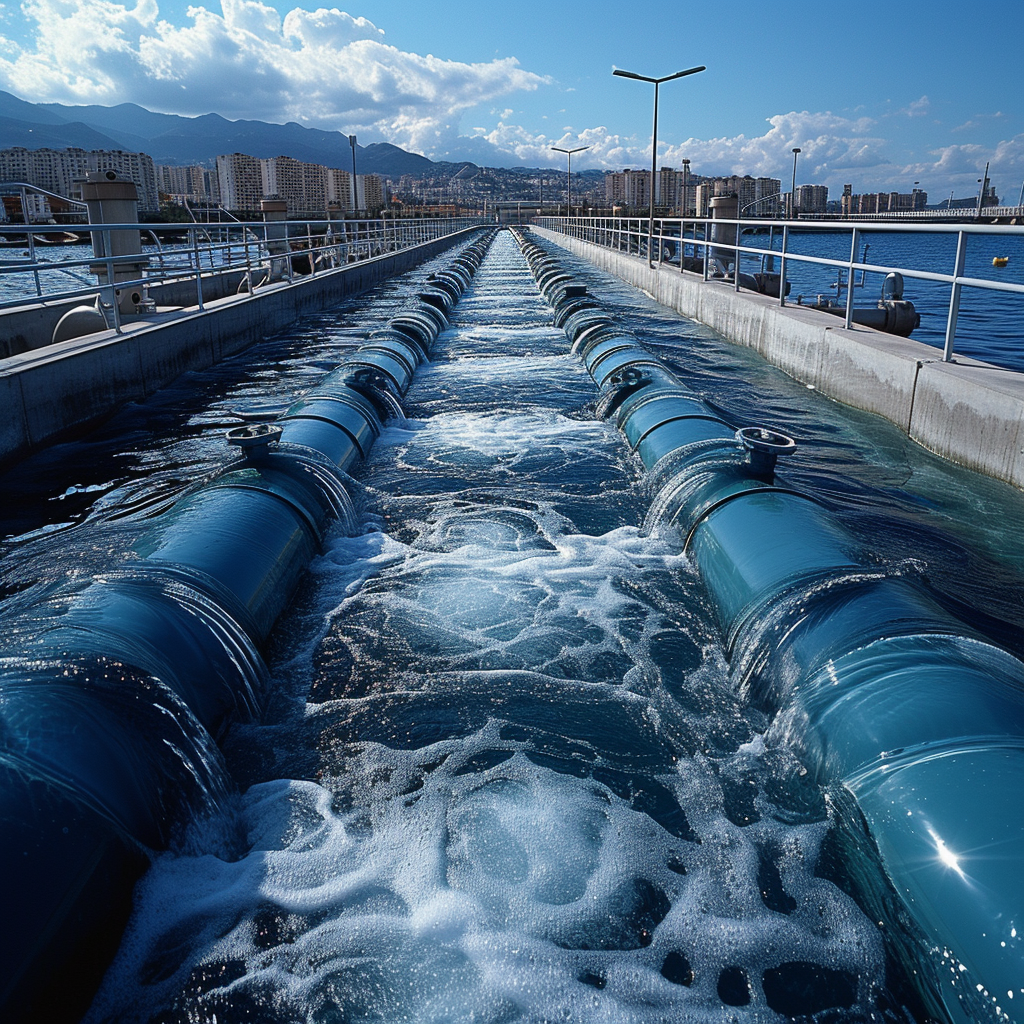
In the vast and intricate field of wastewater engineering, cutting-edge techniques are constantly being developed to tackle existing and novel challenges. These sophisticated technologies strive to do more than simply treat wastewater – they aim to recover valuable resources in the process.
Membrane Technologies
Diving a little into the complex world of membrane technologies, we’ll find a range of processes that use barriers with very specific pore sizes to separate unwanted substances from water. Ultrafiltration (UF), microfiltration (MF), nanofiltration (NF), and reverse osmosis (RO) are not just alphabets soup; they represent different scales of separation, catching everything from tiny suspended solids to dissolved ions. These methods are lauded for their finesse and efficiency.
Ion Exchange
You might think ion exchange sounds like something out of a science-fiction plot, but it’s a real-world technology that replaces undesirable ions in water with preferable ones using resin materials. It’s particularly good at demineralizing or softening water. This process is essential when it comes to dialing down the level of hardness or tackling particular contaminants.
Adsorption
Adsorption could easily be seen as nature’s idea that we’ve cleverly harnessed. It involves sticking pollutants onto a solid surface — typically activated carbon, although there are other materials in the game too. What’s brilliant here is its ability to mop up an impressive array of contaminants, from organic compounds all the way over to offensive tastes and odors.
Advanced Oxidation
This isn’t just oxidation, it’s advanced oxidation! Think of it as wielding a molecular-level sledgehammer. By generating highly reactive species like hydroxyl radicals, this technique knocks out stubborn organic pollutants by breaking them down into less harmful substances — water and carbon dioxide often being the final products.
Emerging Contaminants Removal
Let’s touch on emerging contaminants – those pesky chemicals that conventional treatments typically overlook. Pharmaceuticals, personal care products, endocrine disruptors… you name it! Engineers have rolled up their sleeves and dialed up their creativity to nix these newcomers through an arsenal including the above technologies among others.
It goes without sayin’, wastewater treatment’s no walk in the park. But armed with these advanced technologies, engineers are turning what once was waste into something pretty close to treasure – talk about making lemonade when life hands you lemons! Albeit with a few more steps involved…
What Are the Basic Principles of Nitrogen Cycle and Removal Mechanisms?
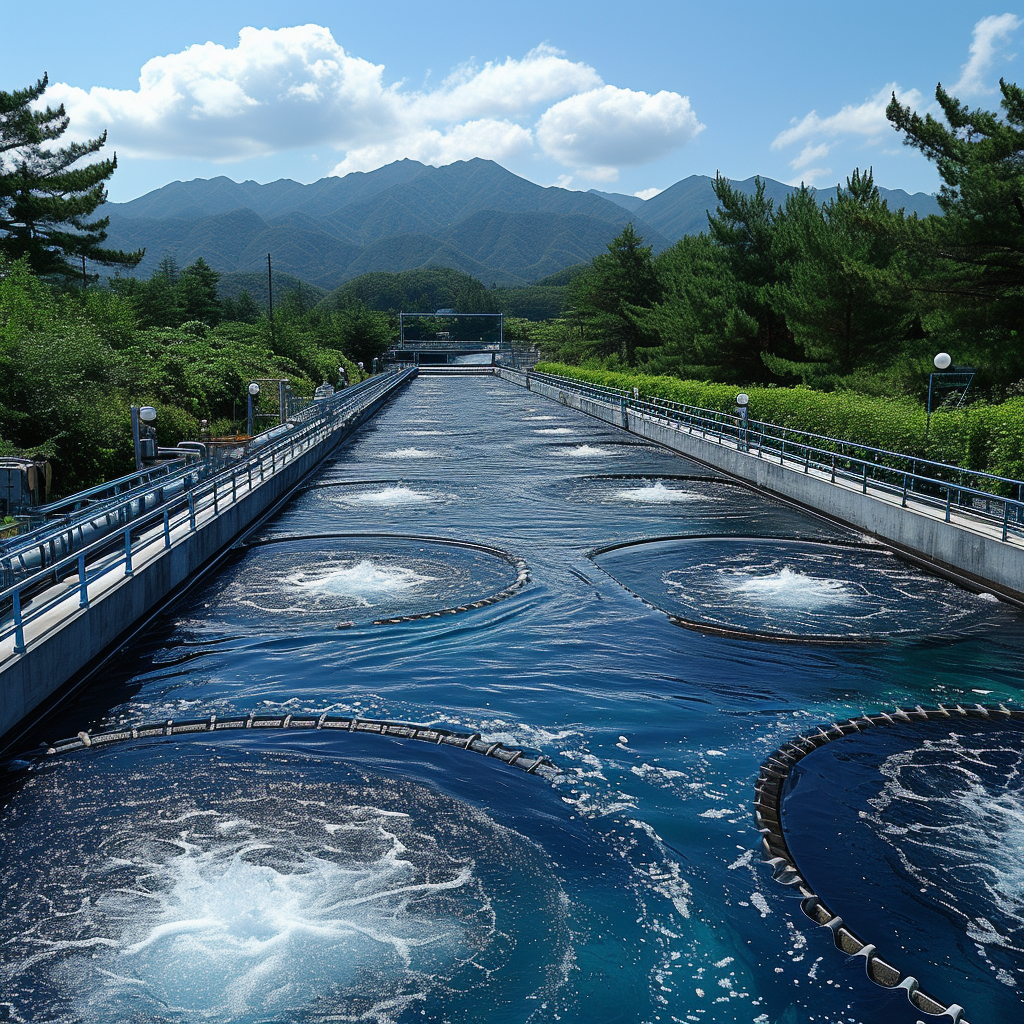
A little insight into wastewater engineering reveals that nitrogen removal hinges on biological processes which involve converting nitrogen from one form to another. In essence, it’s a balancing act, ensuring that this element, crucial for life, doesn’t become an environmental nuisance.
The Nitty-Gritty of the Nitrogen Cycle in Wastewater
In wastewater, nitrogen mainly exists as ammonia (NH3). Microorganisms come into play here; nitrifying bacteria convert ammonia to nitrate (NO3-) through a process known as nitrification. This two-step aerobic dance involves bacteria such as Nitrosomonas converting ammonia to nitrite (NO2-), followed by Nitrobacter taking things further by turning nitrite into nitrate.
But we’re not done just yet! The second half of the cycle revolves around denitrification, where facultative anaerobic bacteria snag the baton. They transform nitrate into nitrogen gas (N2), effectively removing it from the water column. It’s quite ingenious really—these microorganisms use nitrate as an oxygen source when the going gets tough and oxygen is scarce.
Tweaking Conditions for Optimized Nitrogen Removal
You see, to make this microbial magic happen, environmental conditions need to be tweaked a tad—for nitrification, we need good aeration and for denitrification, well… let’s just say ‘hold your breath’ takes on new meaning since it requires anoxic conditions.
How is Phosphorus Removed During Wastewater Treatment?

Phosphorus removal is a whole different kettle of fish. Chemical and biological witchcraft comes into play here to prevent this essential yet potentially troublesome element from causing eutrophication in water bodies.
Diving Into Biological Phosphorus Removal Tricks
Biological phosphorus removal relies on polyphosphate-accumulating organisms (PAOs). These savvy microbes feast on phosphorus during non- oxygenated periods and then release it when they get their fill of oxygen—a real hoard-and-release strategy. For this tactic to pull off successfully though, wastewater treatment processes have gotta alternate between anaerobic and aerobic conditions in what’s called a phased approach.
Chemical Phosphorus Precipitation Techniques
Sometimes you’ve gotta break out the chemistry set with chemical precipitation—where compounds like alum or iron salts are added to bind phosphorus into solid particles that can be separated from the water. It’s not rocket science, but boy does it do the trick!
Addition of these chemicals results in formed precipitates like aluminum phosphate or ferric phosphate which are easier to separate out. It’s a fine line though—too little chemical and you won’t catch all that phosphorus; too much, and you’re flushing money down the drain along with other potential problems.
In summary, while nature has its own clever ways of cycling nutrients like nitrogen and phosphorus, us humans must put on our thinking caps when dealing with their removal in wastewater treatment. By mimicking or stimulating natural processes or using a bit of chemical alchemy, engineers can keep these essential elements from becoming ecological villains.
Before we dive into the nitty-gritty of how wastewater gets disinfected, let’s address the why. Essentially, the aim of wastewater disinfection is to significantly reduce or obliterate all kinds of microorganisms that could pose a risk to public health, including bacteria, viruses, and protozoa. These teeny-tiny troublemakers can cause a boatload of illnesses if they make their way into our waterways or drinking supplies. So, it’s critical for wastewater treatment plants to show these germs the door before releasing water back into the environment or reusing it.
How does Chlorination work in Wastewater Disinfection?
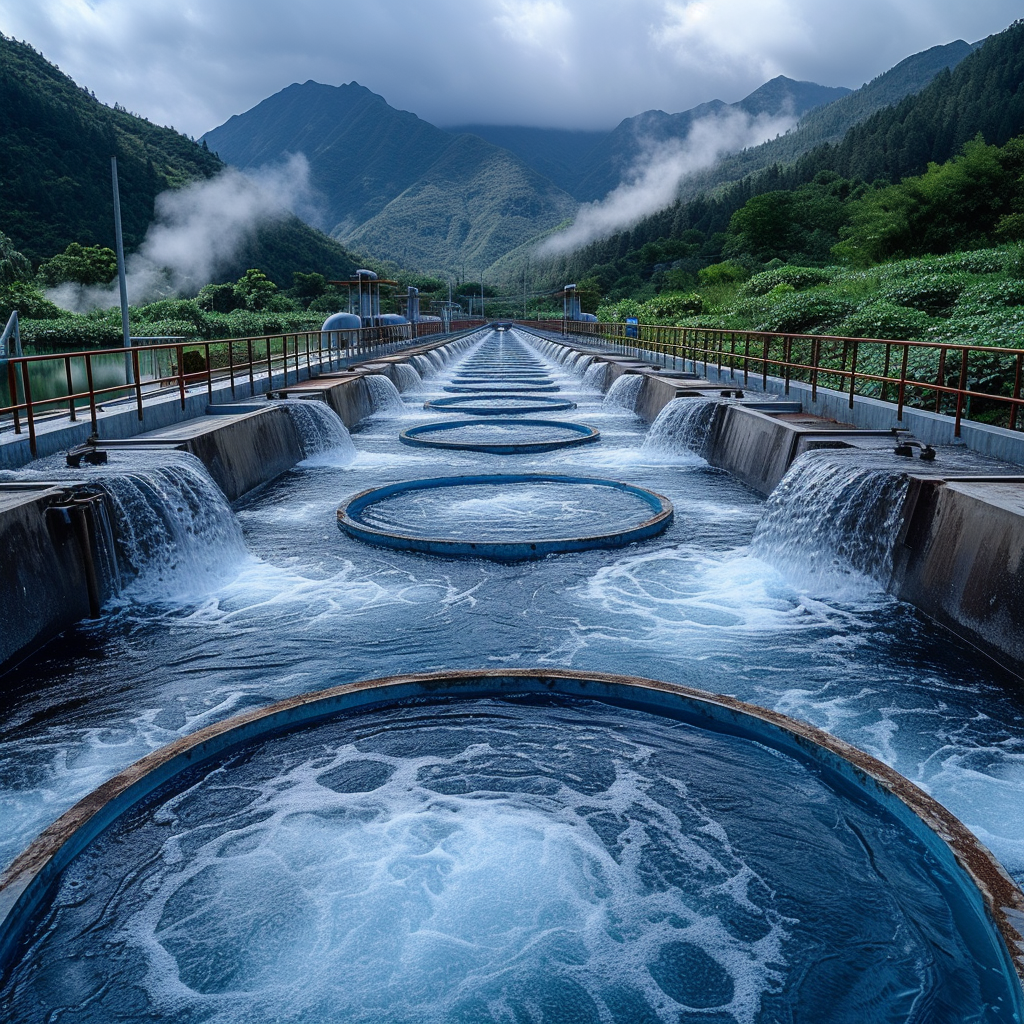
Right then, as old as the hills yet still going strong is chlorination. It’s pretty simple, actually. Chlorine or chlorine compounds are used as the cavalry coming in to zap microorganisms by altering their cellular structures or meddling with their enzyme activities. Although super effective, we’ve got to admit that using chlorine isn’t all peaches and cream. The drawbacks? Well, handling can be hazardous, and there’s potential for forming byproducts that might harm aquatic life or even people. Plus, it doesn’t play nice with certain organic materials present in wastewater.
Can Ultraviolet Radiation be a game-changer in Wastewater Disinfection?

You bet! Ultraviolet (UV) radiation takes a different tack – no chemicals required here, thank you very much. The gist is: when microorganisms get exposed to UV light at certain wavelengths, their DNA gets damaged beyond repair which stops them from reproducing. It’s like flipping off their switch permanently.
What’s cool about UV radiation is that it’s quick and clean – no funky odors or flavors left behind. Plus, no need to fret over hazardous chemical handling. But just so you know – UV systems need clear water to work well and keeping those lamps clean can be quite a chore.
Is Ozone Disinfection looking bright for Wastewater Treatment?
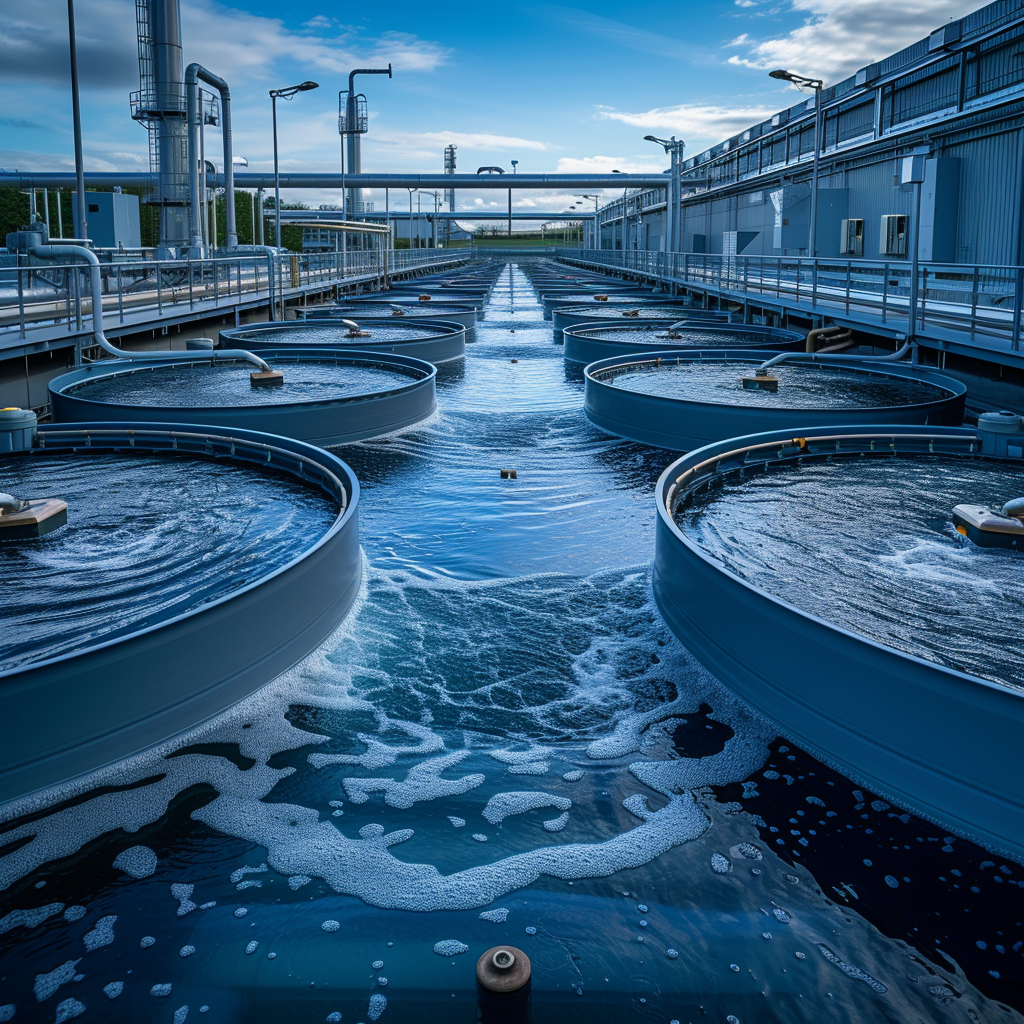
Moving

I’m Tim Robberts, a seasoned wastewater treatment & septic system expert with over 40 years of experience in the field. My career began as a septic tank installer, and I quickly gained a reputation for my attention to detail and commitment to excellence. Over the years, I’ve honed my skills in designing, installing, and maintaining septic systems for residential and commercial properties.